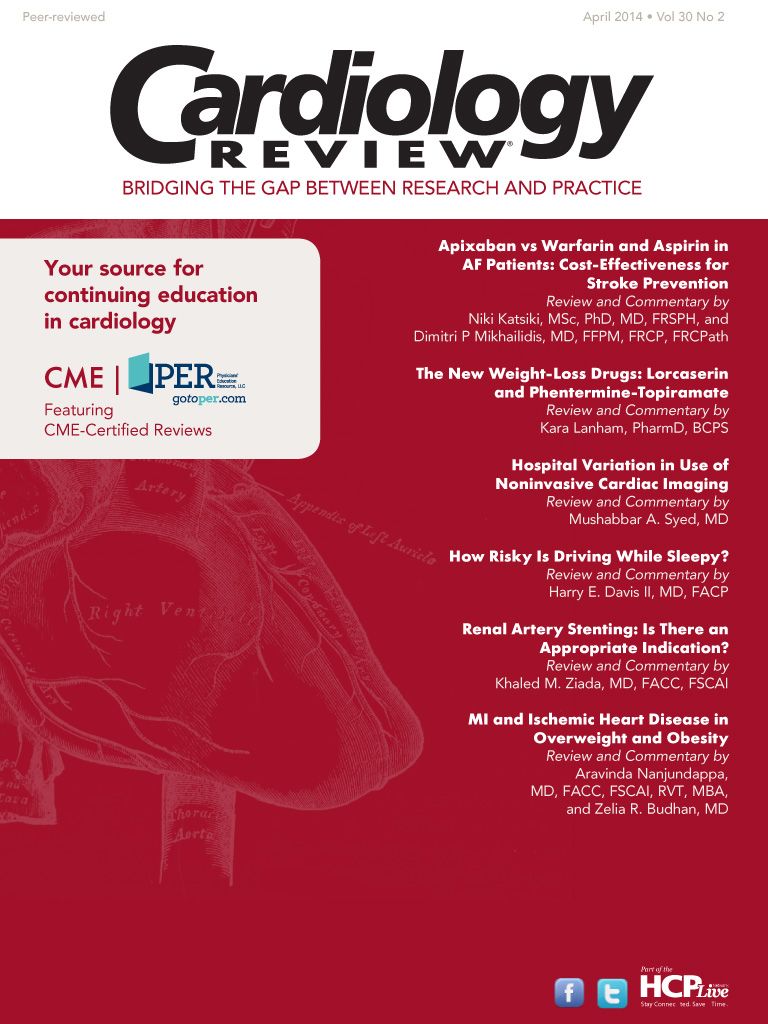New Cholesterol Guidelines: Comments on the Controversy
Clinicians have been able to review these guidelines in detail and also take a closer look at how they relate to their patients and practice, the resulting answers are enlightening

Mike Hennessy
As cardiologists and other medical professionals absorb the implications of the controversial new cholesterol guidelines and risk calculator issued by the American Heart Association (AHA) and the American College of Cardiology (ACC), we want to share with our readers what our editorial board members and invited guest commentators are thinking about these major changes in an effort to keep you informed and enlightened about them. No doubt, there will be more discussions within the profession as time goes on, but we are weighing in now with commentaries that show insight, and clarity, and offer opinions that will surely resonate in the medical community.
So, we asked the question in our special Clinical Forum Q&A: “Do you support the new cholesterol guidelines and risk calculator that were issued by the AHA and ACC in November 2013?” Now that clinicians have been able to review these guidelines in detail and also take a closer look at how they relate to their patients and practice, the resulting answers are enlightening.
For example, Cardiology Review board member Alison L. Bailey, MD, FAAC, says, “A clinical guideline should be user friendly and sum up the existing data in a logical way that includes both a high-quality review of the data by experts for an optimal patient management document. This document may fall short of this goal.”
Amid predictions that more than 33 million people in the 40- to 79-year age range would now need statins based on these new guidelines, physicians and their patients need to have a heart-to-heart discussion about the risks and benefits. And cardiologists now realize that the cholesterol guidelines have encouraged the use of statins, not only for secondary prevention, but also for primary prevention to decrease ASCVD risks.
I invite you to read the Clinical Forum Q&A for more insights and you’ll see the balance practitioners are trying to find with these guidelines. One worthwhile piece of advice is that implementation of this change in practice will take time—and will require ongoing monitoring by physicians. As always, the patients are in your hands.
Thank you for reading!
Mike Hennessy
Chairman
